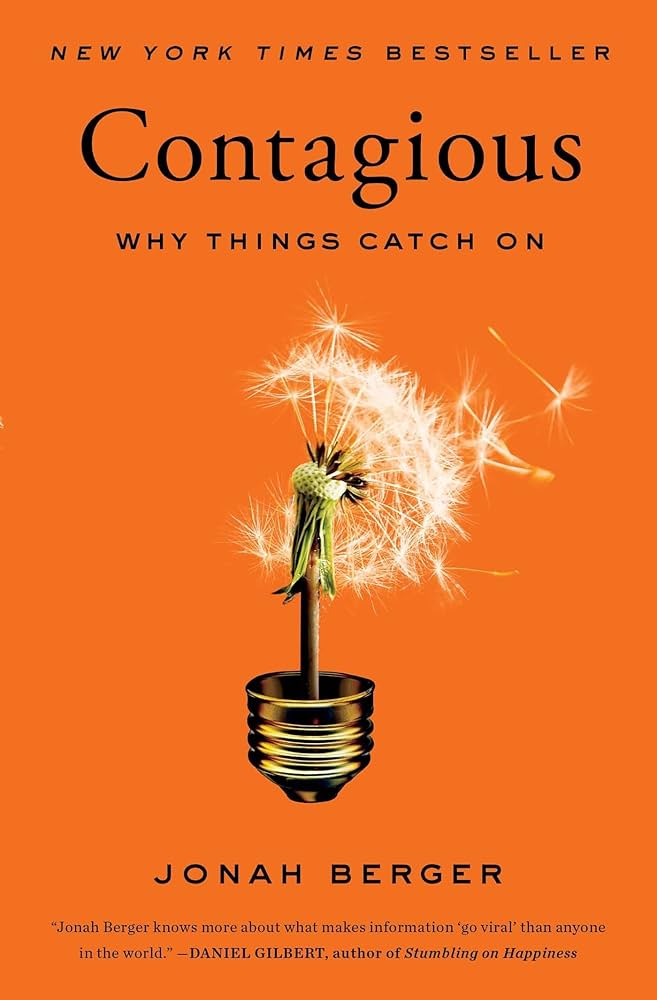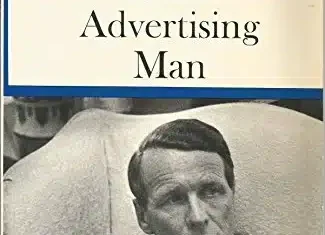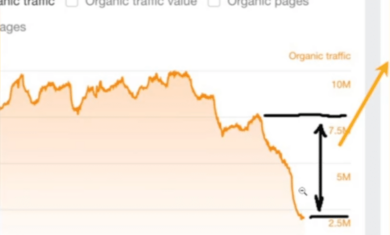There are a lot of influences in our lives, but word of mouth is still the top reason why people buy products and services. Ads are important, marketing is important, but people buy most often based on what other people have to say.
Of that word of mouth, how much happens online? Most people guess 50% or more, given the popularity of social media, but the real number is much lower. In the book “Contagious“, author Jonah Berger shares that it’s just 7%. In other words, 93% of word of mouth suggestions actually come directly from those around us.
However, that book was written a decade ago and things have certainly changed. What’s the real number today? I’ve researched this a bit, and most people end up suggesting that around 20% of today’s word of mouth happens online, still leaving a massive 80% offline.
The frustrating part of this is that word of mouth is hard to control. You can ramp up your marketing, and that’s likely to help, but you can’t insert yourself into private conversations that are happening off-line. The solution? Make your product or service compelling enough that people want to tell others about it.
The two parts of being compelling
Getting people to share about a product can come from two places.
First, if someone is using their product and it’s making their life better, they’ll tell their friends about it. You’ve probably seen some of my posts on here that share about products and services that I love.
Second, if a promotion for a product is interesting enough, they’ll also tell their friends about it. Classic examples include things like the Dove Evolution campaign, or the series of Blendtec “Will it blend?” videos from a few years ago.
People are going to be talking about the products that they love with their friends. How do you make sure that yours will be part of those conversations?




